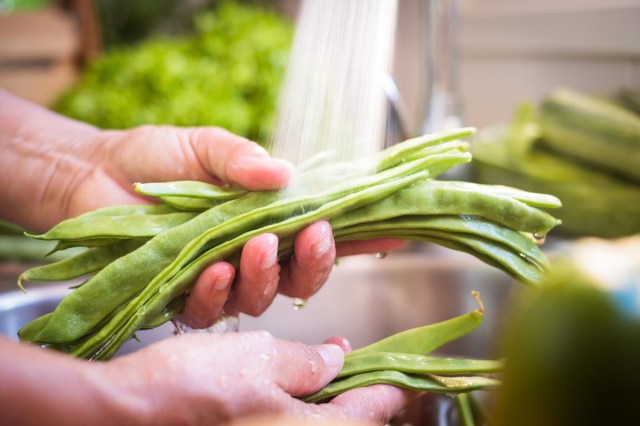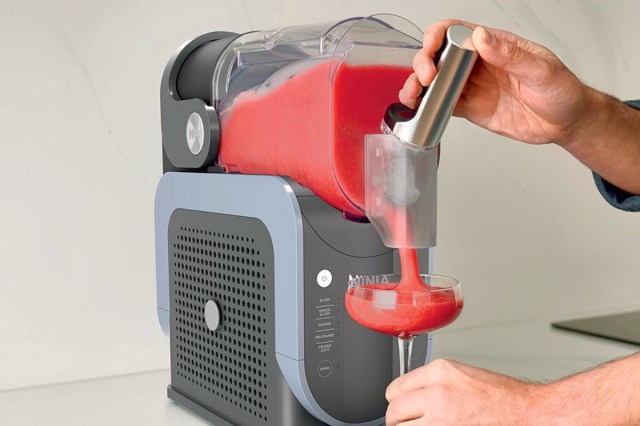The last few years haven’t been particularly kind to grocery budgets. With the price of produce surging recently (and every other pantry staple, for that matter), you’ve probably been looking for creative ways to cut back on your grocery bill. One option? Growing your own food. You can add to your fridge’s produce drawer with a bit of garden space and a barely green thumb (no 10-acre farm or tractor required). That said, many beginning gardeners jump feet-first into backyard harvesting with visions of replacing their grocery store altogether. Realistically, you’ll still be shopping regularly, but even a small garden patch can supplement your daily meals with fresh, seasonal flavors cheaper than you’d find at Aldi or Kroger. Get started with these 10 easy-to-grow veggies.
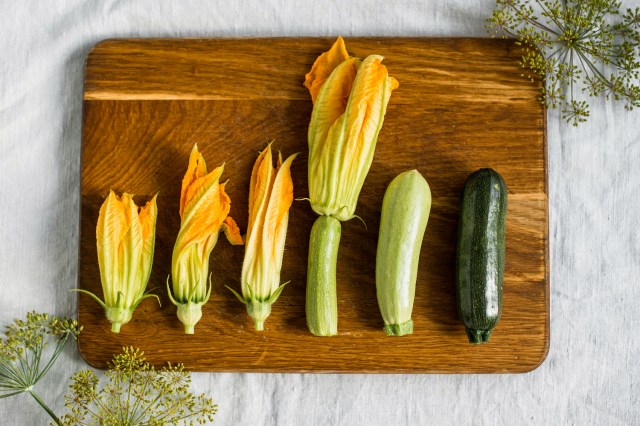
Zucchini
Want to grow something that takes little effort and still fills your fridge or counter space? Look no further than zucchini. Zucchini, which is technically a squash, can be eaten raw in salads, added to stir-fries, baked in bread, battered and fried, or spiralized for noodles — the number of uses might be reminiscent of a certain scene from Forrest Gump. Growing zucchini doesn’t take up much space. Since the plants have shallow roots, they can be easily grown in pots and typically begin fruiting within 35 to 55 days for a bountiful harvest that lasts all summer and into fall.
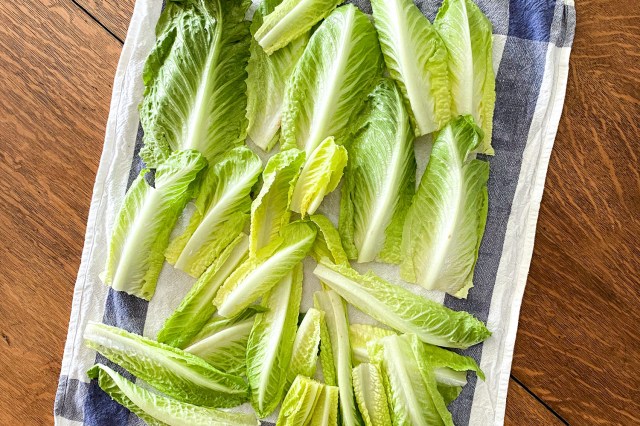
Lettuce
Lettuce only lasts a few days in the fridge before it starts wilting. Growing your own means you can clip lettuce at any size for that night’s dinner, keeping it perfectly fresh until it hits your dinner plate. In most areas of the country, lettuce is best grown in spring or fall since warm summer temperatures can cause the plants to bolt, aka become bitter as they begin to produce seeds.
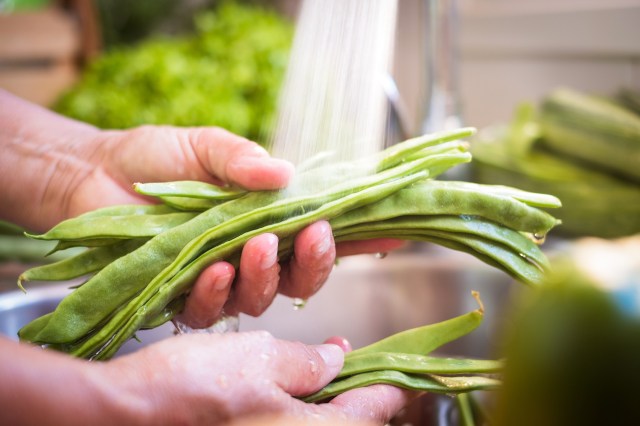
Green Beans
Green beans are prolific producers, putting off edible beans in just 50 to 65 days. Growing your own beans takes very little work and is best done from seed because packets are typically cheaper and easier to find than transplants. There are several types of beans to choose from. Bush beans are great for beginners because the plants remain compact and can stand independently, while pole beans put off vines that require a trellis and take up more space.
Reader Favorites
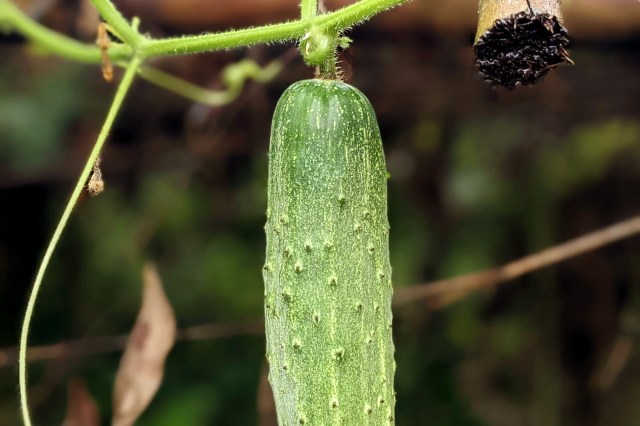
Cucumbers
Like green beans, cucumber species typically come in two types: bush and vining. Bush cucumbers stay smaller, allowing you to grow them in containers or pots, while vining varieties will take up more space. However, both are easy to grow — your biggest focus should be ensuring the plants get enough water through the hot summer months.
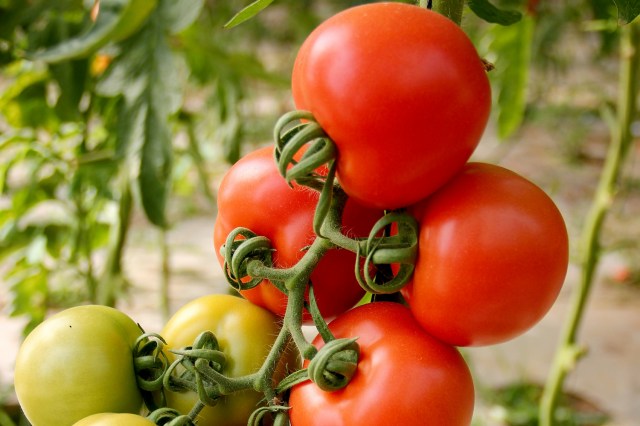
Tomatoes
Tomatoes are technically a fruit, but who’s asking? These plants may be the most widely grown of any home garden produce, and for good reason: They produce baskets of fruit, have a million uses in the kitchen, and typically bounce back easily from drought conditions and even broken stems. The most difficult tomato task gardeners face is occasional pests, like tomato hornworms, which notoriously eat the plant’s leaves.
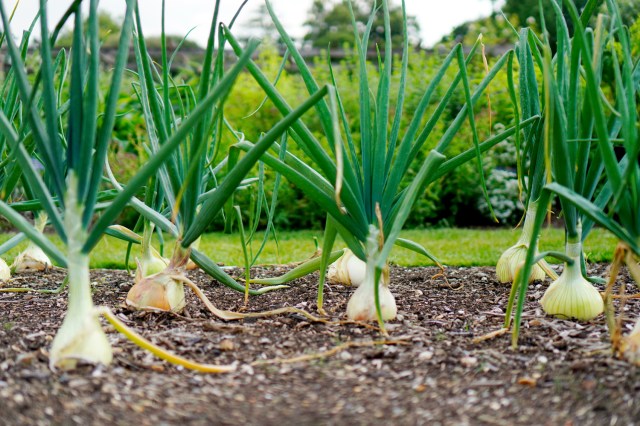
Onions
Onions take some growing time — typically about three to four months — but they’re worth the wait. You don’t have to start these from tiny seeds. Many gardeners prefer growing onions from sets, tiny onion bulbs that grow into larger bulbs and can be purchased cheaply by the scoop or bag at farm or garden stores. You can even reuse store-bought onions by planting the leftover root ends of green onions or sprouts from larger onions that have gone bad — the ultimate hack for getting the most out of your grocery haul.
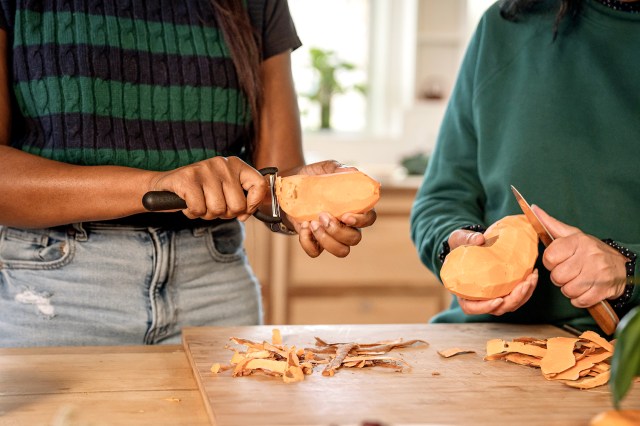
Sweet Potatoes
You can grow your own store of sweet potatoes with just a 5-gallon bucket. Sweet potatoes are grown from slips, aka sprouts from existing sweet potatoes. You can purchase these from seed companies or garden stores or even grow your own with a sweet potato from your pantry. However, don’t get fooled by decorative sweet potato vines sold in the flower section of garden stores. Though these ornamental versions can produce tiny tubers, they’re typically bitter and not meant for consumption.
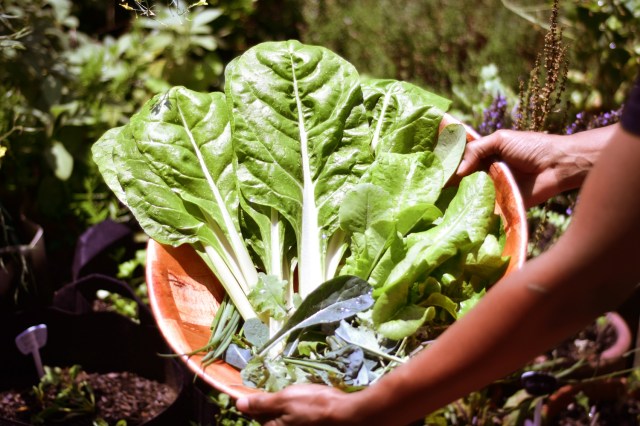
Kale
Many brassicas are difficult to grow and require tons of garden work (we’re talking about cauliflower, broccoli, and Brussels sprouts). However, kale is a beginner-friendly member of this crop family that offers just as many nutritional benefits, packed with iron, calcium, and vitamins A, C, and K.
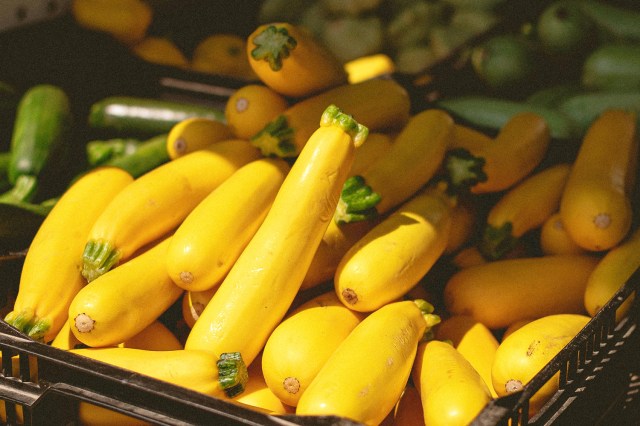
Squash
There are hundreds of squash varieties, but the plants tend to fall into two categories: summer squash, which has soft, edible rinds, and winter squash, known for its hard, inedible skins that keep them fresh for months. Both types grow all summer long on bushes or vines and typically require little care beyond watering, trellising, and fertilizing.
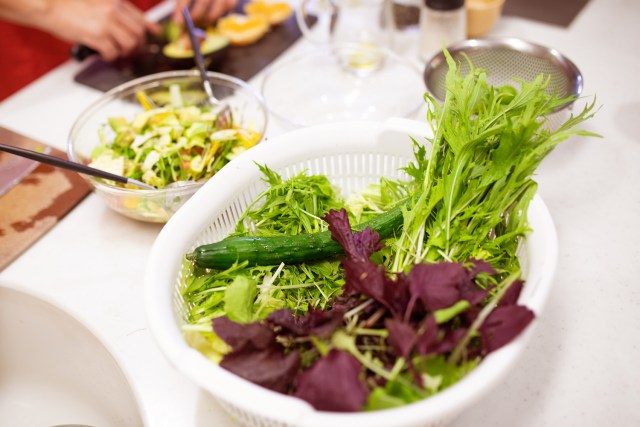
Mizuna
Mizuna is becoming more popular among North American gardeners, though it’s been grown and eaten in Japan for centuries. This leafy green, also called Japanese mustard greens, is slow to bolt in hot weather, can tolerate light frosts, and is ready to harvest in just 40 days — all qualities that make it a winning choice for gardeners and salad lovers.
Featured Image Credit: lucigerma/ iStock
More From Our Network
Better Report is part of Optimism, which publishes content that uplifts, informs, and inspires.

